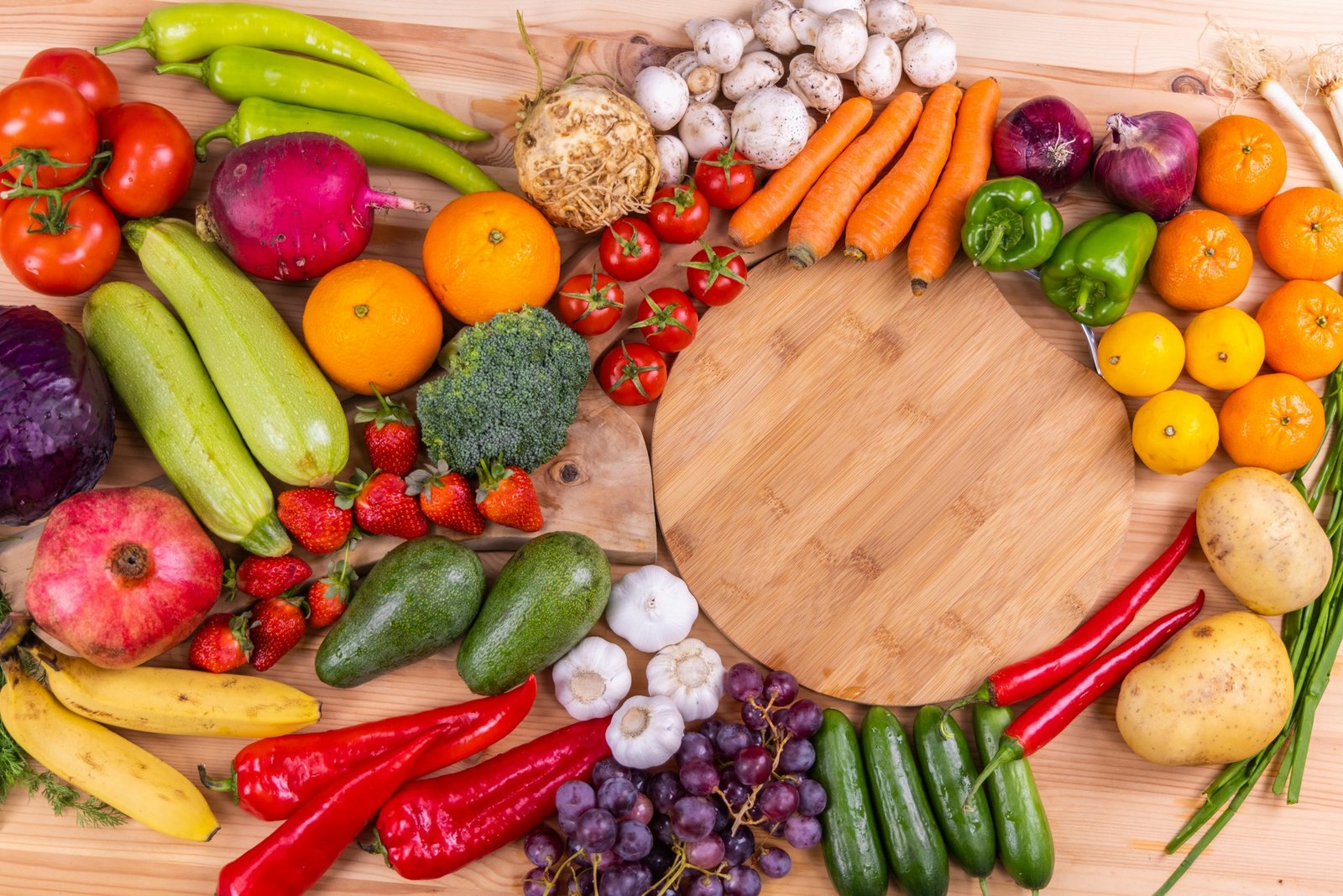
From Ignition to Flavor: The Role of Grill Parts in Achieving Perfectly Cooked Meals
Grilling is more than just a cooking method; it’s a culinary art form that requires precision, technique, and the right equipment.
While the chef’s skill undoubtedly plays a significant role, the importance of grill parts in achieving perfectly cooked meals cannot be overstated.

Each component plays a crucial role in the cooking process, influencing flavor, texture, and overall cooking performance, from the burners to the grates.
Understanding the Functionality of Grill Parts
To appreciate the significance of grill parts and accessories in culinary endeavors, it’s essential to understand their functionality. Every grill consists of several key components, including burners, grates, heat deflectors, and igniters, each serving a specific purpose in the cooking process.
The burners generate heat, the grates provide the cooking surface, heat deflectors distribute heat evenly, and igniters ensure seamless ignition, all working together to create the perfect cooking environment.
The Impact of Burners
Burners are the heart of any grill, generating the heat needed to cook food thoroughly and evenly. The number and type of burners significantly influence cooking versatility and performance.
The way the burners are designed, including where the holes or slits are located, affects how evenly heat spreads across the grill. This even heat distribution is super important for ensuring your food cooks consistently every time.
High-quality burners with precise temperature control allow for precise cooking, whether searing steaks at high temperatures or slow-roasting delicate cuts of meat at low heat. Advanced burner technology, such as infrared burners, can impart unique flavor profiles to grilled dishes, elevating the culinary experience to new heights.
The Role of Grates
Grill grates are not merely a cooking surface; they are instrumental in achieving the desired flavor and texture of grilled foods. Different materials, such as stainless steel, cast iron, and porcelain-coated grates, offer varying heat retention and distribution properties, affecting cooking results.
Cast iron grates, for example, excel at retaining heat and creating distinctive sear marks, while stainless steel grates are durable and easy to clean. Moreover, the spacing between grates influences airflow and heat distribution, impacting cooking uniformity and flavor development.
Harnessing the Power of Heat Deflectors
Heat deflectors, also known as heat diffusers or heat tents, ensure even heat distribution and prevent flare-ups. Positioned between the burners and the cooking grates, heat deflectors diffuse direct heat, reducing hot spots and minimizing the risk of charring or burning food.
Heat deflectors act as a protective layer between the burners and the cooking grates. As the burners heat up, they transfer heat to these deflectors. The deflectors disperse this heat evenly, ensuring uniform distribution across the cooking surface. This prevents any hot spots from forming, making it possible to grill delicate items such as fish or vegetables without the concern of uneven cooking.
They vaporize drippings and juices, creating flavorful smoke that enhances the taste of grilled dishes. Properly positioned and maintained heat deflectors are essential for consistent cooking results and for avoiding potential flare-ups or temperature fluctuations.
The Importance of Igniters
Reliable ignition systems are indispensable for hassle-free grilling experiences. Whether electronic or manual, igniters initiate the combustion process, ensuring that the burners ignite consistently and promptly. Malfunctioning igniters can disrupt cooking sessions and lead to frustration, highlighting their critical role in the grill’s overall performance. Regular maintenance and timely replacement of igniters are essential to ensure seamless ignition and uninterrupted culinary adventures.
The Use of a Lid or Hood
The lid of your grill serves more than a simple cover; it plays a vital role in achieving different cooking methods. By closing the lid, you create a contained cooking area similar to an oven. This feature proves especially helpful for roasting, smoking, and slow-cooking larger portions of meat. With the lid shut, heat and smoke are trapped, enabling indirect cooking, which is crucial for low-and-slow barbecue.

The built-in thermometer lets you keep an eye on the internal temperature without lifting the lid. This prevents fluctuations in heat, ensuring consistent cooking. With the lid in place, your grill becomes more than just a tool for grilling. It opens up a world of cooking options, allowing you to explore beyond the usual grilling techniques.
Optimizing Grill Parts for Perfectly Cooked Meals
Achieving culinary perfection on the grill requires more than skillful cooking techniques; it necessitates optimizing grill parts for optimal performance. Regular cleaning and maintenance of burners, grates, and heat deflectors are essential to prolong their lifespan and preserve their functionality. Additionally, upgrading to high-quality aftermarket parts or accessories can enhance cooking versatility and elevate the grilling experience to a whole new level.
Conclusion
In culinary exploration, the role of grill parts in achieving perfectly cooked meals cannot be overlooked. Every component contributes to the artistry of grilling, from the precision of burners to the functionality of grates and the reliability of igniters.
By understanding the functionality and importance of grill parts, enthusiasts can unlock new culinary horizons and create unforgettable dining experiences that tantalize the taste buds and delight the senses. So, fire up the grill, embrace the possibilities, and let the symphony of flavors unfold as you embark on a culinary journey like no other.








